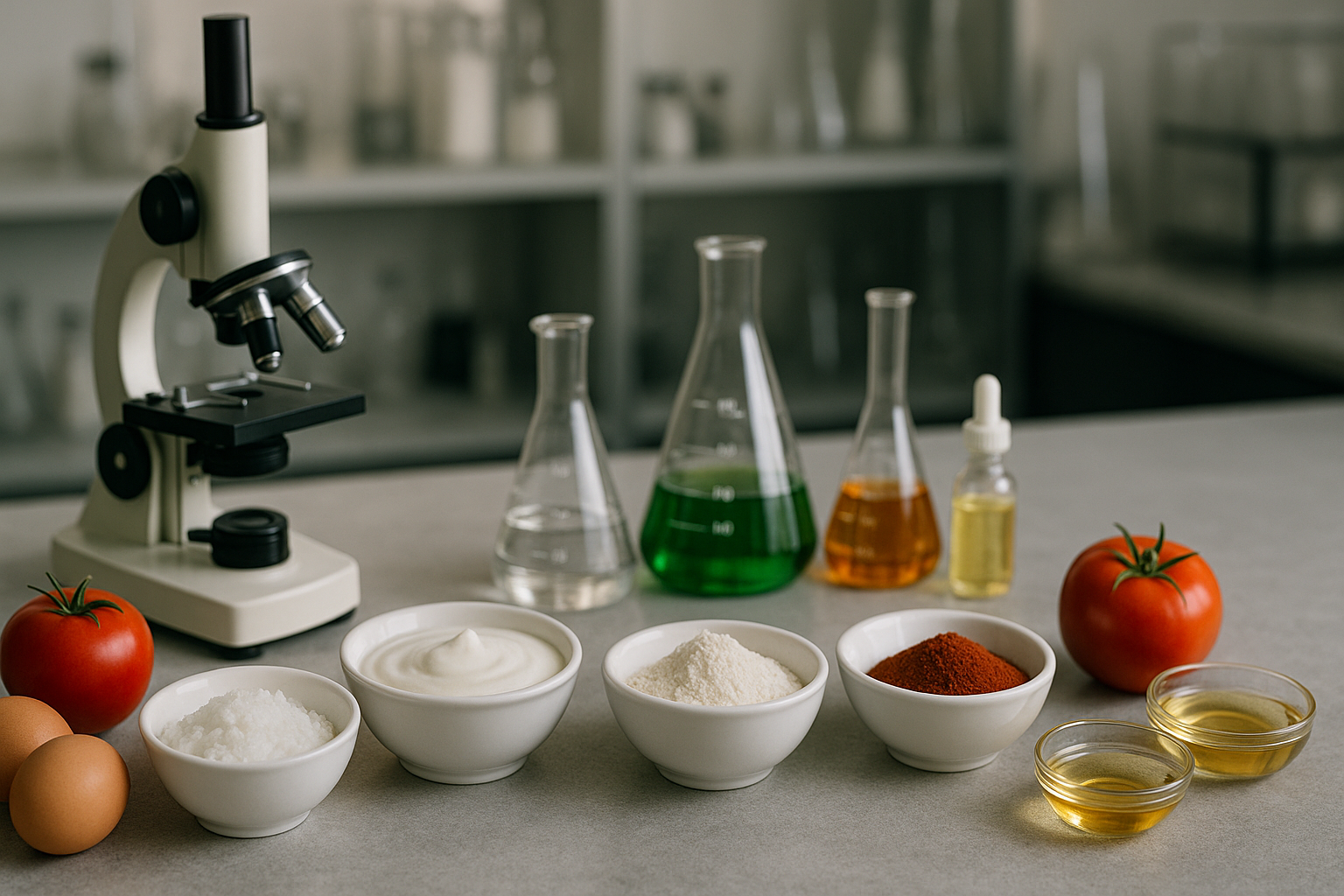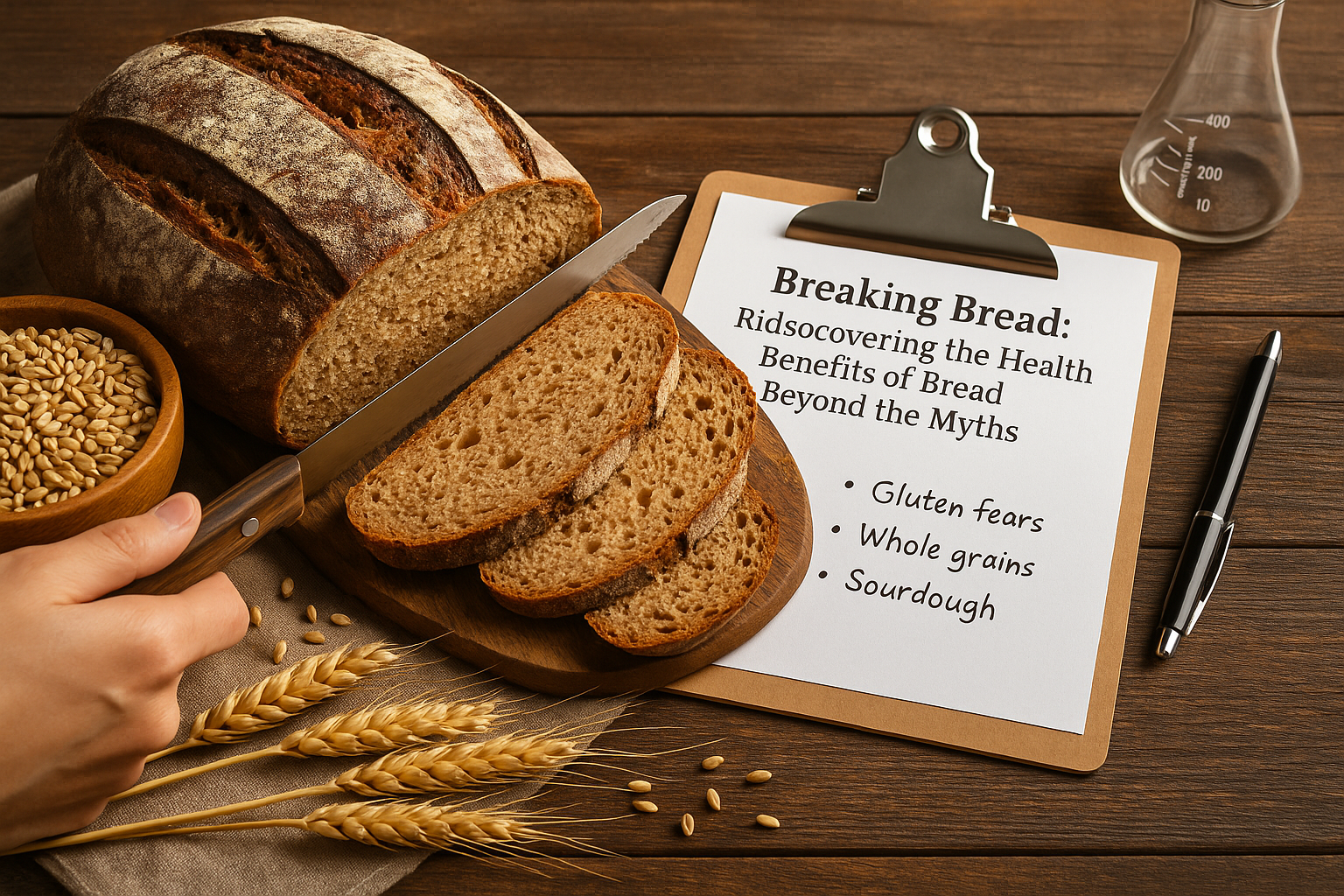Trending searches
Trending searches

Hydrocolloid: Tamarind Gum
SUBSCRIBE TO OUR BLOG
Promotions, new products, and recipes.
Tamarind Kernel Powder: The Natural Thickening Agent from the Tamarind Tree
Tamarind Kernel Powder, derived from the seeds of the tamarind tree, is recognized for its thickening, stabilizing, and gelling properties. What makes this hydrocolloid unique, and how has it been integrated into various industries?
Historical Context
The tamarind tree, native to tropical regions, has been utilized for its culinary and medicinal properties for centuries. The potential of its seeds as a source of natural gum was explored in the 20th century¹.
The Molecular Science of Tamarind Gum
Tamarind gum is a complex polysaccharide composed of glucose, xylose, and mannose. Its ability to form viscous solutions and gels in water is attributed to its branched structure².
Production and Refinement
Tamarind gum is extracted from the endosperm of tamarind seeds. The seeds undergo processes like dehulling, grinding, and sieving to yield the refined gum³.
A Multifaceted Ingredient
Tamarind gum's applications are diverse:
- Food Industry: Used as a thickener and stabilizer in sauces, ice creams, and bakery products⁴.
- Textile Industry: Employed as a sizing agent⁵.
- Pharmaceuticals: Incorporated as a binder and controlled-release agent in tablet formulations⁶.
Tamarind Gum in Culinary Creations
Tamarind gum's properties make it suitable for various culinary applications:
-
Sauces and Gravies:
- Proportion: 0.5% to 1.0%.
- Purpose: Provides consistency and stability.
Conclusion
Tamarind Kernel Powder, with its multifunctional properties, has found its place in various industries. Its natural origin and versatility make it a valuable ingredient in the modern world.
See: Hydrocolloid Glossary
For further reading: Tragacanth Gum
References:
¹ Sengupta, S., et al. "Tamarind Seed: Properties, Processing and Utilization." Critical Reviews in Food Science and Nutrition, 2015.
² Mishra, S., & Rai, T. "Tamarind seed polysaccharides: A review." LWT - Food Science and Technology, 2006.
³ Ray, B., et al. "Tamarind Seed Polysaccharide." Mucilaginous Substances of Plant Origin, 2016.
⁴ Imeson, A. "Food Stabilisers, Thickeners and Gelling Agents." Wiley-Blackwell, 2009.
⁵ Basak, A., & Samanta, K.K. "Tamarind Seed Polysaccharide: A Promising Natural Excipient for Pharmaceutical Formulations." Starch - Stärke, 2012.
⁶ Ghosh, T., et al. "Modification of Tamarind Kernel Powder: A Step Towards Novel Superdisintegrant." Journal of Advanced Pharmaceutical Technology & Research, 2013.


|
About the Author Ed is the founder of Cape Crystal Brands, editor of the Beginner’s Guide to Hydrocolloids, and a passionate advocate for making food science accessible to all. Discover premium ingredients, expert resources, and free formulation tools at capecrystalbrands.com/tools. — Ed |
Related Posts

The Most Powerful Food Science Questions Journalists Are Asking Today

Inside the Pumpkin Latte: What’s Really in Your Cup (and a Better Homemade Version)

Breaking Bread: Rediscovering the Health Benefits of Bread Beyond the Myths
Enjoyed this post? Subscribe to The Crystal Scoop
Food-science tips, ingredient know-how, and recipes. No spam—unsubscribe anytime.
- Choosing a selection results in a full page refresh.
POLICY PAGES
QUICK LINKS
Guar Gum
Cape Crystal Brands, 18 Bank St., Suite 1, Summit NJ 07901.
- Phone: +1 908-273-5600
- Email: info@capecrystalbrands.com
- Tax ID: 26-2477626000
- FDA Facility Registration # 16980627550
- Kosher Certified: OKosher.org
Country/region
© 2025, Cape Crystal Brands | Sitemap
